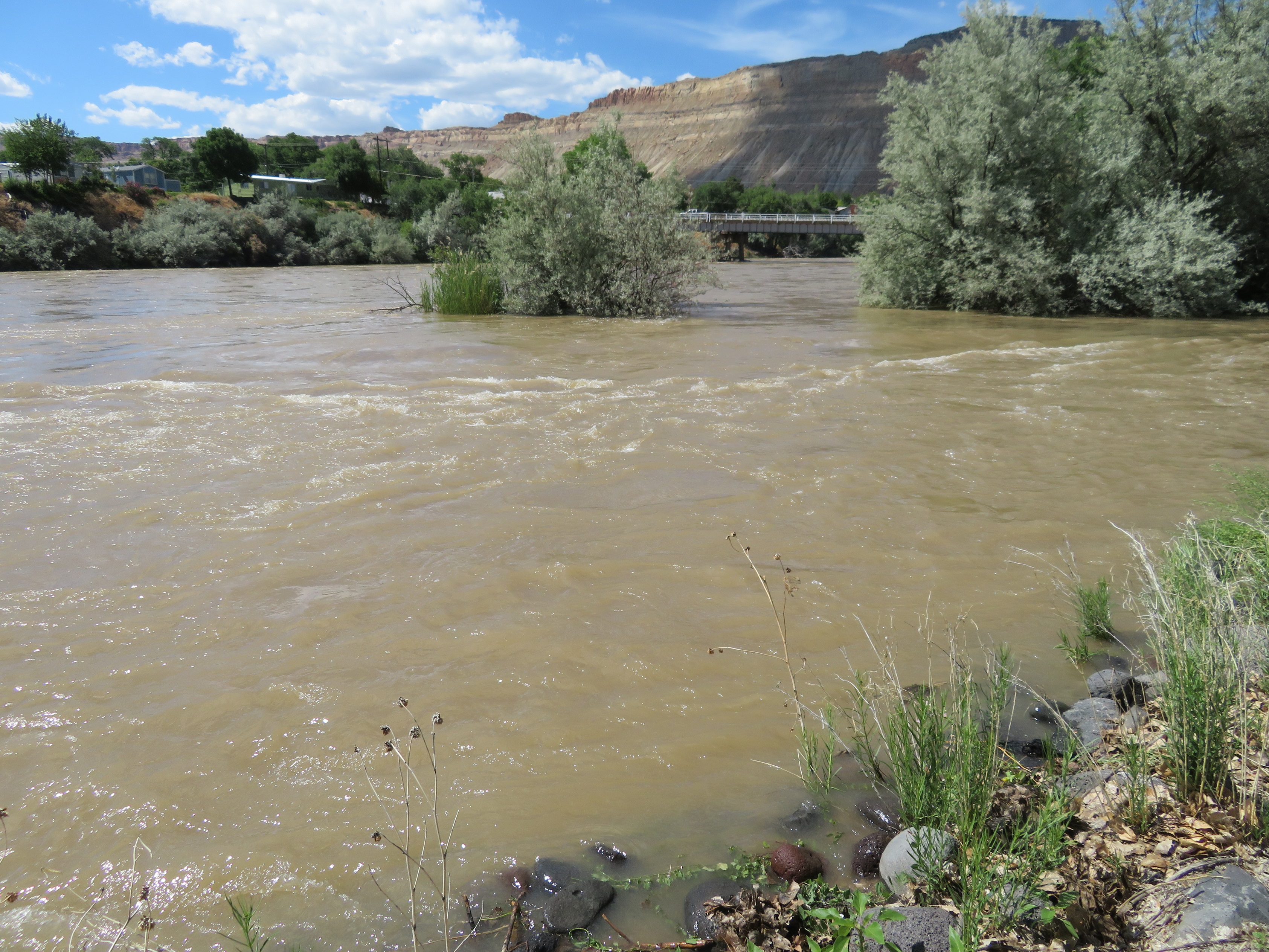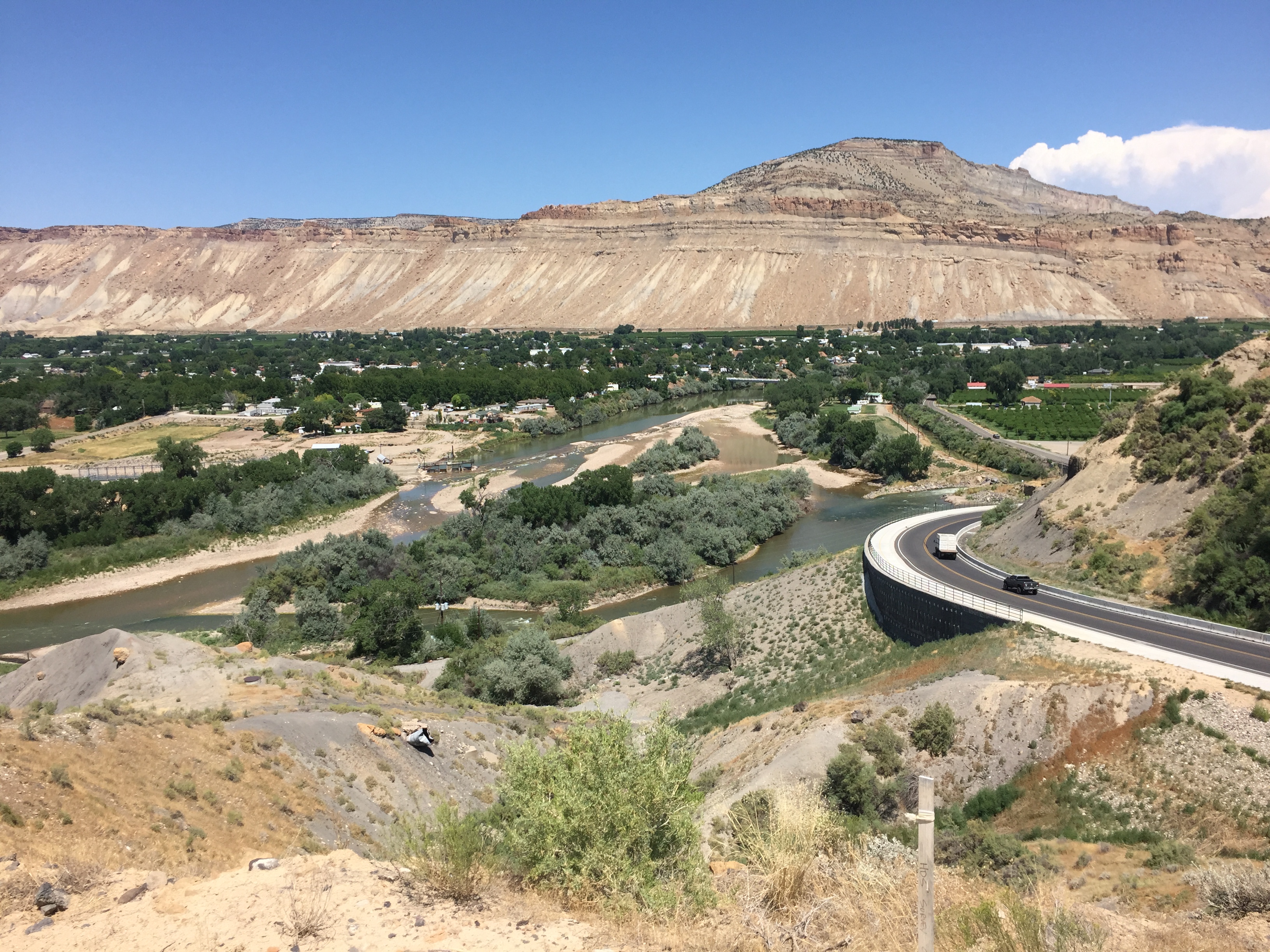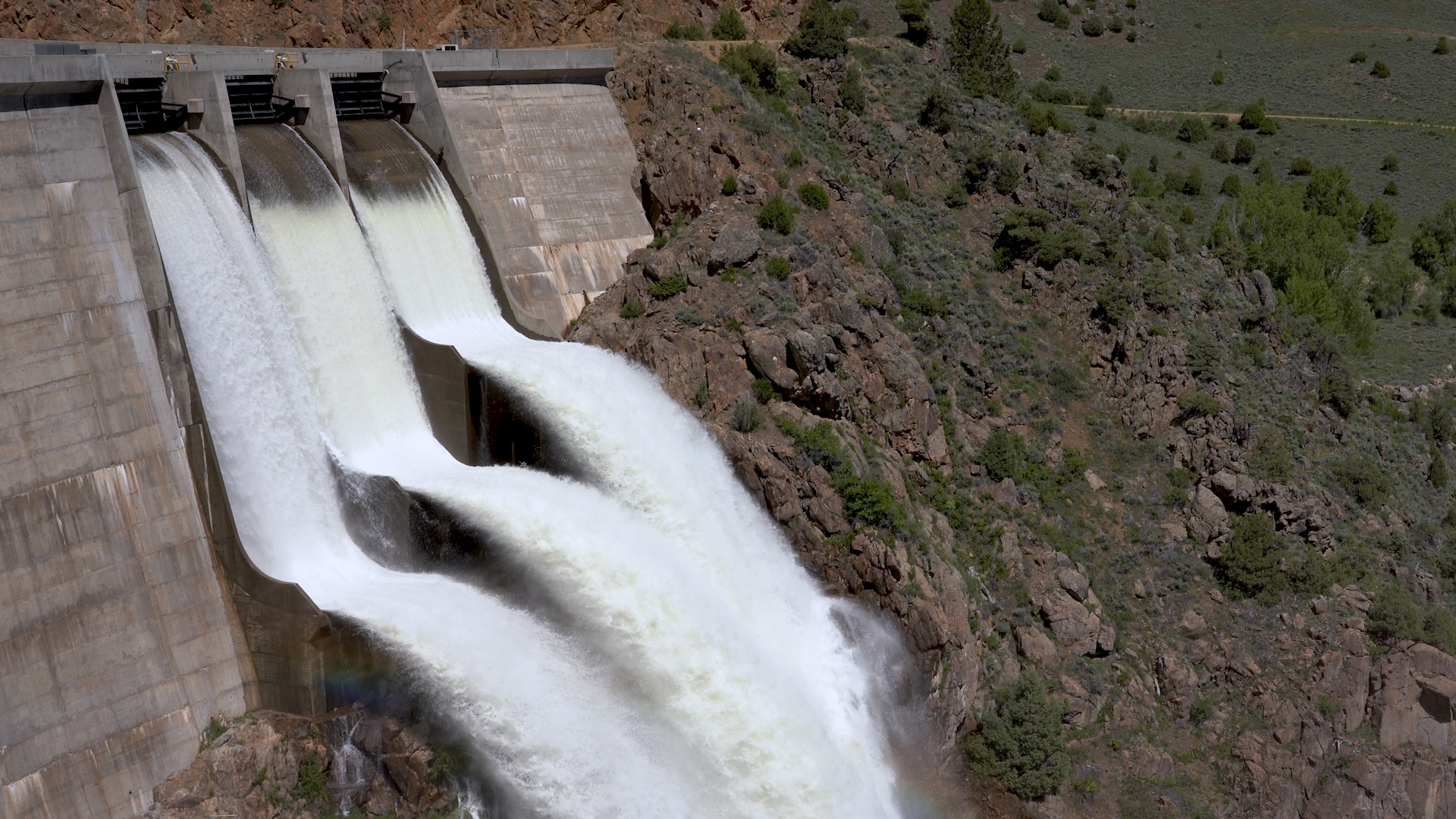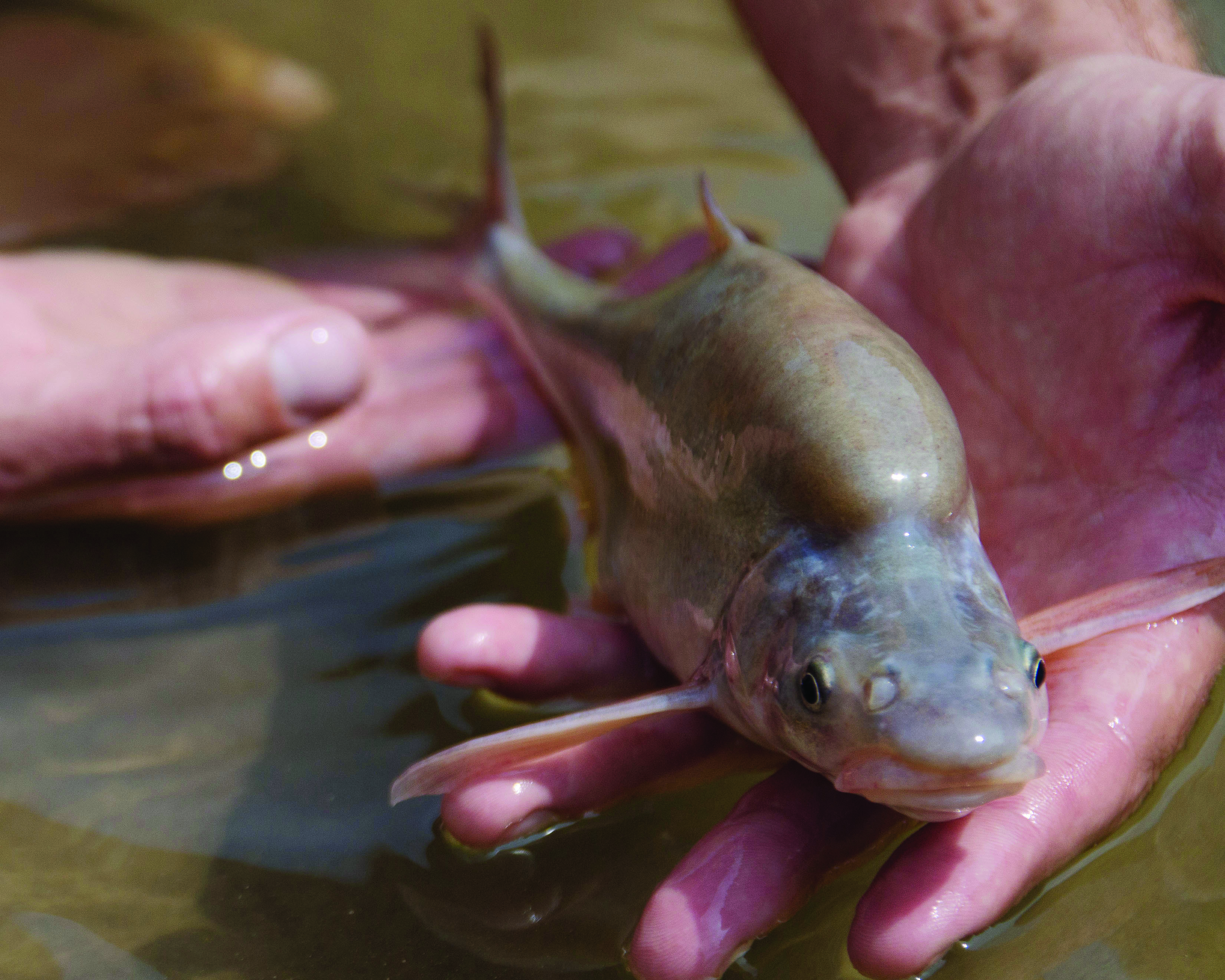
Helping endangered fish on the Colorado River
Thanks to above-average snowpack this past winter in the northern and central mountains, a section of the Colorado River saw a burst of water in early-June as a group of reservoir operators teamed up with Mother Nature to improve habitat for endangered fish.
As part of the Coordinated Reservoir Operations program, Denver Water, Aurora Water, Colorado Springs Utilities, Northern Water and the U.S. Bureau of Reclamation worked together to either release extra amounts of water from their reservoirs or stopped diverting water from rivers and streams for a period of time.
The coordinated effort is timed to match the existing natural springtime rush of water down the river from melting snow in the mountains. The flows are not higher than the amount of water that would normally occur during runoff.
The combined effort created a pulse of water that came together at a 15-mile stretch of the Colorado River near Palisade in Mesa County.
The pulse helped the river’s ecosystem, which has been affected by water being diverted from the Colorado River and its tributaries over the years.
What is CROS?
The Coordinated Reservoir Operations, also known as CROS, program began in 1995 when the water managers looked for ideas to improve conditions for four species of endangered fish; the bonytail, the Colorado pikeminnow, the humpback chub and the razorback sucker.
The 2020 effort marked the 12th time since 1995 that reservoir operators have been able to coordinate their operations on the Colorado River. The voluntary operations are coordinated by staff at the Colorado Water Conservation Board.
Before the program started, each reservoir operator had its own schedule for capturing water from the rivers and releasing extra water downstream.
“Reservoir operators realized that if all of us worked together, we could do something to help these endangered fish,” said Travis Bray, an environmental scientist from Denver Water. “Improving this stretch of river was critical to the survival of all four species.”
Reservoirs that can contribute to the coordinated release of water into the Colorado River include Denver Water’s Williams Fork Reservoir along with Green Mountain, Homestake, Ruedi, Willow Creek, Wolford Mountain and Windy Gap reservoirs.
“Typically during above average snow seasons, more water comes through our reservoirs than we can store,” said Cindy Brady, water supply engineer at Denver Water. “When snow conditions allow, we are able to fill our reservoirs for water supply and send the extra water downstream to help the fish habitat.”
The amount of water varies and not all water managers are able to contribute or coordinate flows each year depending on water levels, snowpack and reservoir operating conditions.
Benefits to fish habitat
When the reservoir operators coordinate their releases to hit at the same time, the extra water in the river offers improves fish habitat in several ways.
For instance, when there’s more water in the river, it flows faster.
The rushing water flushes tiny pieces of sediment from the rocks on the bottom of the river, which creates space for the fish to lay their eggs. Without these flushing flows, the sediment builds up over time and leaves no room for the eggs.
There are other benefits as well, according to Don Anderson, a hydrologist with the U.S. Fish and Wildlife Service.
“The higher water creates calm side channels for young razorback suckers to swim into,” Anderson said. “The fast-moving water also triggers the Colorado pikeminnows to swim upstream and spawn in the 15-mile stretch.”
An additional benefit, according to Anderson, is that the high flow of water scours away young vegetation that encroaches on the river channel. If left unchecked, the vegetation gradually degrades the habitat available for the fish.
Is the program working?
The coordinated release program has played an important role in restoring fish habitat.
The Fish and Wildlife Service’s recent assessment of the four endangered fish species prompted the agency to propose reclassifying two of them — the razorback sucker and the humpback chub — from “endangered” status to a less-dire “threatened” designation.
“The change in status signals significant progress in the recovery of these fish,” Anderson said. “Since 2014, we’ve measured record numbers of razorback suckers using a fish ladder to bypass a large dam a few miles upstream of Palisade and access additional habitat upstream.”
The higher flow of water is spread out over several days to prevent flooding in communities along the river.
Improving the environment
The coordinated releases are part of the Upper Colorado River Endangered Fish Recovery Program established in 1988 to bring the four fish species back from the brink of extinction.
The project marks a change in how reservoirs are managed. In decades past, environmental factors were not given as much consideration as they are now.
“Denver Water participates in many different programs that help the four species of endangered fish,” Bray said. “Our goal is to get as many benefits as possible out of every drop of water and be responsible stewards of the environment.”




